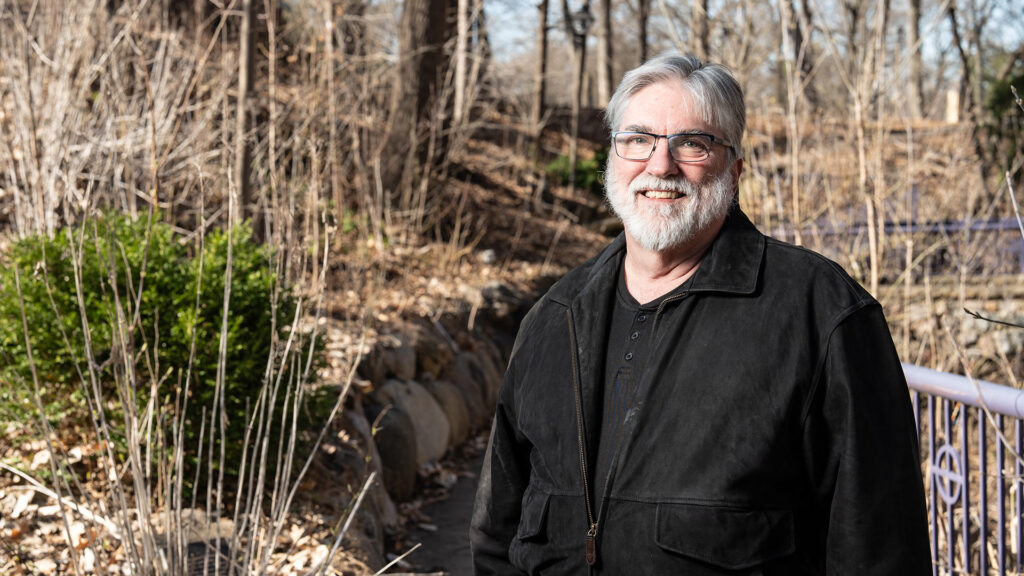Dr. David Lubin, an author and professor of art at Wake Forest University, will discuss “Behind the Mask: World War I, Plastic Surgery and the Modern Beauty Revolution” at 6 p.m. Friday, Sept. 19, in the auditorium of O’Shaughnessy Educational Center on the St. Paul campus of the University of St. Thomas.
The talk, free and open to the public, is the keynote address of the fifth annual Graduate Student Research Symposium and is the first of four “War/Art/Peace” lectures this year dealing with how times of war and peace have influenced art and architecture throughout history.
The Sept. 19 and 20 symposium and lecture series are sponsored by St. Thomas’ Art History Department.
Lubin’s talk deals with soldiers in World War I who suffered facial wounds from sniper fire and shrapnel. In previous wars, many would have died, but advances in medical care allowed them to live. However, when the war ended they returned home with disfigured faces.
Lubin will discuss plastic surgeons who attempted to restore the soldiers’ faces, sculptors who fashioned prosthetic masks, antiwar activists who used the wounded to shock the public, and entrepreneurs who capitalized on a postwar cult of physical beauty that arose in reaction to wartime ugliness.
Lubin is the author of Act of Portrayal (1985), Picturing a Nation (1994), Titanic (1999) and Shooting Kennedy (2003), which was awarded the Smithsonian American Art Museum’s Eldredge Prize for “distinguished scholarship in American art.”
His forthcoming books are Flags and Faces: The Visual Culture of America’s First World War (University of California Press, 2015) and Grand Illusions: WWI and American Art (Oxford University Press, 2016).
The Graduate Student Research Symposium will continue from 8:30 a.m. to 4 p.m. Saturday, Sept. 20, in the O’Shaughnessy Educational Center auditorium. Students from St. Thomas and around the country will present papers on the influence that war and peace has had on our visual world.
For more information about the symposium or lecture series call the St. Thomas Art History Department at (651) 962-5560 or visit the department’s website.








